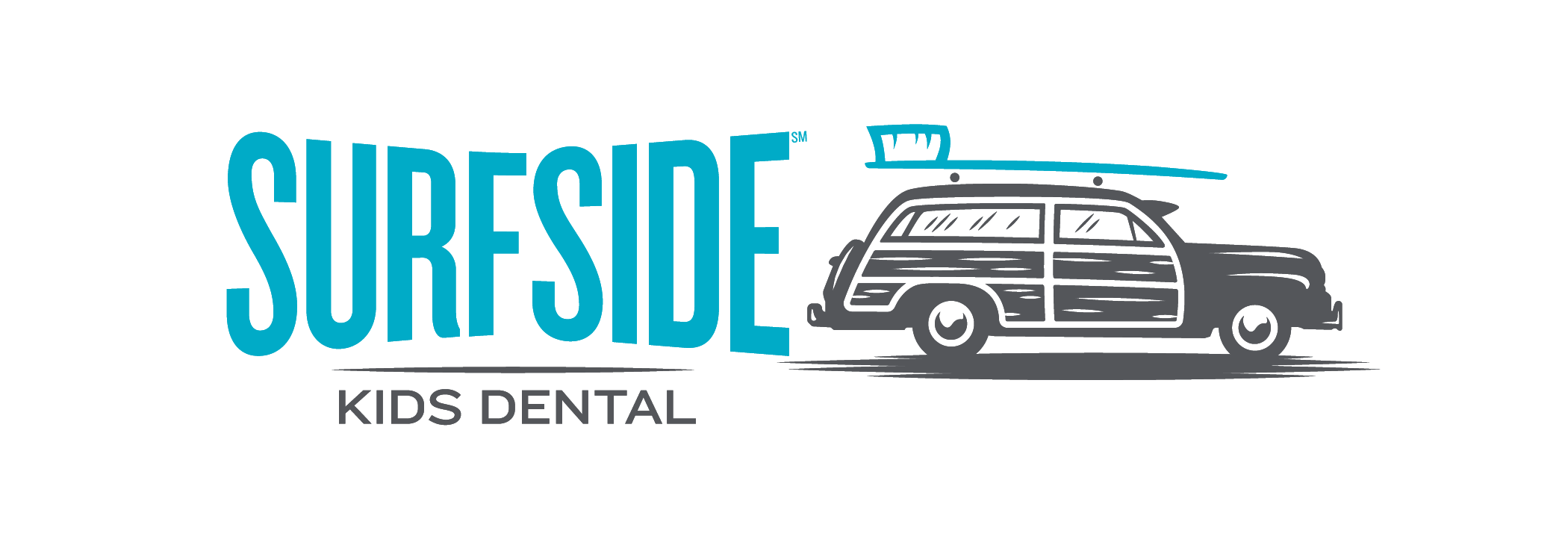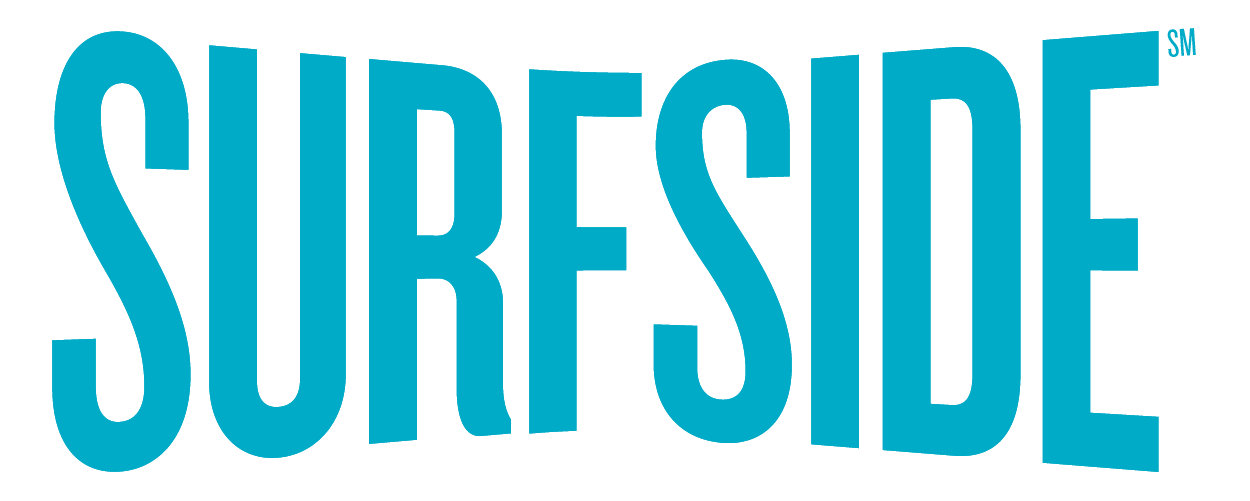At What Age(s) Does Your Child Get Molars?
When do my child’s molars come in?
Hey Surfers!
The loss of a baby tooth is considered by many parents and adults as a sign that there is no turning back time — their child is really growing up and getting older. Once kids start losing their temporary teeth, permanent ones will appear to replace them. Parents will also take this as a sign that their children are on the verge of starting another important phase in their lives: adolescence.
Baby Teeth Loss
On average, children lose their first tooth between five and seven years of age. In most instances, the lower central teeth are the first to go.
Kids will lose all their baby teeth (all 20 of them) over the course of several years. Their temporary teeth will usually be gone between the ages of 12 and 13.
There are 28 permanent teeth (or 32, including the wisdom teeth) that will replace the baby teeth. Every time a child loses a baby tooth, a permanent one will begin to erupt in its place. Typically, kids will have their complete set of permanent teeth when they reach the age of 13, with the exception of the wisdom teeth.
The Appearance of Molars
But at what age(s) does your child get molars? To answer this question, you have to know first that everyone will have up to three sets of molars, which are:
- Six-year molars – At the age of six up to seven, the first set of four permanent molars will erupt behind the four ends of their baby teeth. As such, in general, kids will start getting their molars once they turn six years old.
- 12-year molars – By age 12 until 13, children will have all their 28 permanent teeth, including four molars and eight pre-molars.
- Third molars – The third molars or wisdom teeth usually appear between the ages of 15 and 25, if they will erupt at all. They are often removed since in most cases, there is not enough space for them to completely erupt.
Once the six-year molars appear, you have to keep reminding your kids to thoroughly clean them. Make sure they brush the very back tooth with a soft toothbrush and fluoride toothpaste. They should brush all the sides or surfaces of each tooth as well. This is an important habit they need to develop and sustain to avoid gum inflammation and cavities on the molars.
At this stage, dentists also recommend getting kids to start using adult toothpaste, to spit it out after brushing and gargle with water afterward. You also have to start teaching your kids to floss their own teeth. It is also crucial that your kids see their surfside dentist at least twice a year to ensure that all their teeth are erupting and growing properly.
Be sure to check our blog for other pediatric dental care tips! We can’t wait to see our little surfers at their next appointment! Cowabunga dudes!




